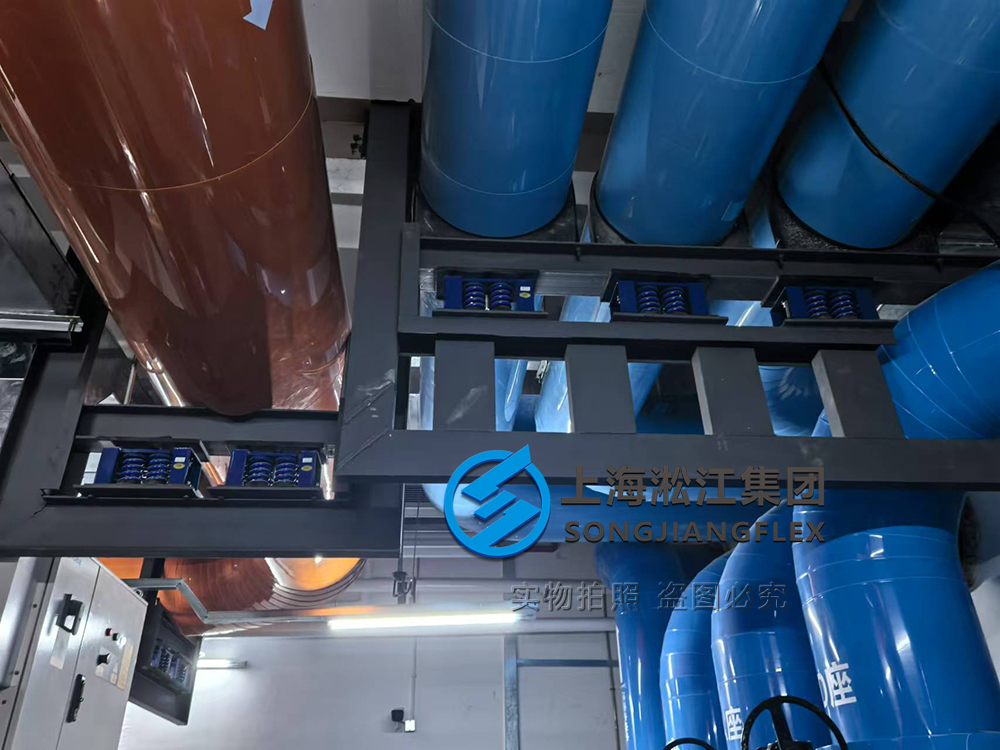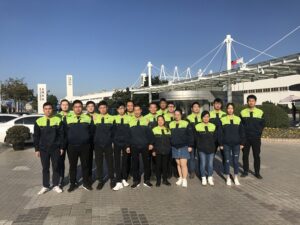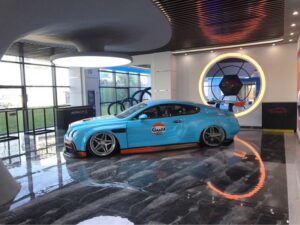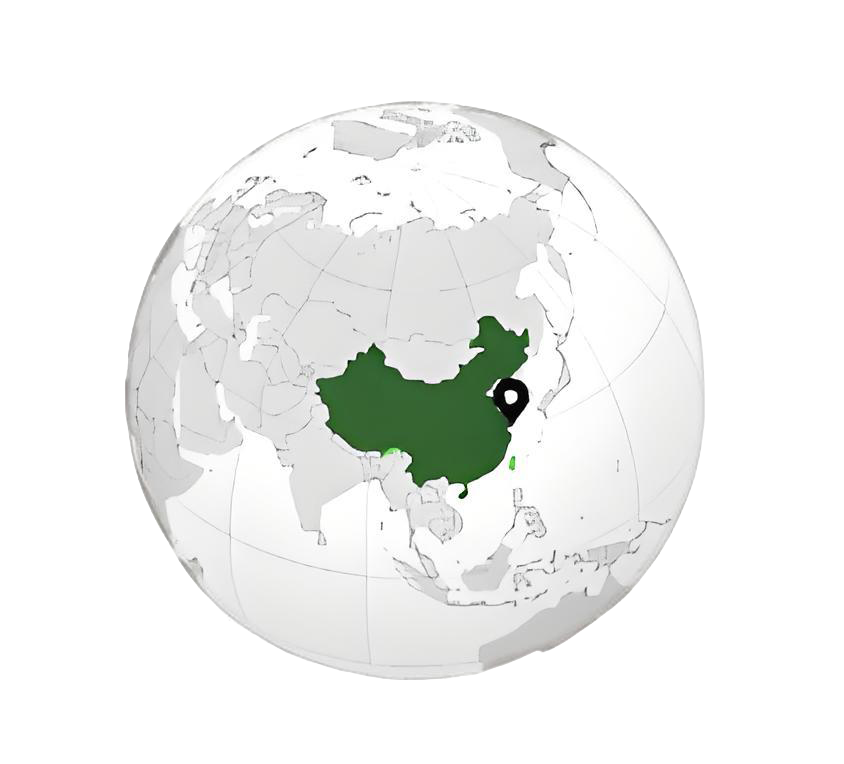Why did the Midea Headquarters HVAC Project Choose Our Vibration Isolators for Exceptional Noise Reduction?
Midea’s headquarters HVAC system demanded the highest standards in noise reduction and vibration isolation. Our vibration isolators delivered exceptional performance, ensuring a quiet and efficient environment.
Our vibration isolators were selected for Midea’s headquarters project due to their superior noise-reducing capabilities. These isolators efficiently minimize HVAC system vibrations, ensuring a quieter environment without compromising performance, a key factor in the project’s success.
Let’s explore how our vibration isolation technology achieved this remarkable level of noise reduction in the Midea HVAC project.
What is a vibration isolator and why is it needed?
Vibration isolators are essential components in minimizing unwanted vibrations and noise from machinery or HVAC systems. They are designed to absorb and dissipate energy, reducing the impact of vibrations.
Vibration isolators prevent the transmission of vibrations to surrounding structures, helping to improve comfort, prevent damage to equipment, and enhance overall system performance.
Without vibration isolators, HVAC systems would transfer unwanted noise and vibrations, affecting both the efficiency of the system and the comfort of building occupants. These isolators are indispensable in creating a quieter, more productive environment. By using rubber vibration isolators, such as those in the Midea project, unwanted vibrations are absorbed before they can affect nearby structures.
What is vibration isolator in HVAC?
In HVAC systems, vibration isolators are crucial for controlling mechanical noise and preventing damage from vibrations that can affect performance.
HVAC systems, when not properly isolated, transmit vibrations to walls, floors, and ceilings. Our vibration isolators reduce this transmission, creating a quieter space.
HVAC systems are often responsible for disturbing noises in office buildings, hotels, and other commercial spaces. Our vibration isolators are specifically designed for HVAC systems, ensuring smooth and noise-free operation, which is why Midea chose our products. These vibration isolation mounts help reduce the stress on HVAC components, resulting in longer equipment life and less need for maintenance.
What is the purpose of a vibration damper?
Vibration dampers are used to control and reduce the amplitude of vibrations in mechanical systems, minimizing noise and preventing equipment damage.
The purpose of a vibration damper is to absorb kinetic energy from vibrations and convert it into a less harmful form, usually heat, reducing noise and system stress.
Vibration dampers are particularly useful in sensitive environments like Midea’s headquarters, where maintaining a quiet atmosphere is essential. They work alongside vibration isolators to enhance the overall effectiveness of noise reduction. A combination of vibration isolators and dampers ensures that vibrations do not affect the building structure or operational efficiency.
What is the application of vibration isolator?
Vibration isolators are used across various industries to mitigate noise and vibration in systems such as HVAC, pumps, compressors, and more.
Common applications include HVAC systems, industrial machinery, compressors, and even in transportation systems to reduce unwanted noise and vibration.
Whether in industrial plants, commercial buildings, or residential areas, vibration isolators are essential in ensuring smooth and quiet operations. Midea’s headquarters HVAC system is one example where these isolators played a key role. The use of vibration isolation pads and mounts guarantees that vibrations do not disturb the environment, making them indispensable for projects of this scale.
What are the advantages of vibration system?
A well-designed vibration isolation system offers numerous benefits, from noise reduction to increased equipment lifespan.
The advantages include reduced noise, improved comfort, extended equipment life, and lower maintenance costs by preventing mechanical wear caused by vibrations.
In large-scale buildings like Midea’s headquarters, effective vibration systems prevent the spread of unwanted noise, ensuring a peaceful environment while also prolonging the life of the HVAC equipment. By using vibration isolation, the system runs more smoothly and requires fewer repairs over time. Rubber vibration isolator mounts play a key role in ensuring the long-term stability and functionality of these systems.
What is the application of isolator?
Isolators are used in various mechanical systems to decouple vibrations and noise from structures.
Their application ranges from HVAC systems to heavy machinery, ensuring minimal noise and vibration transmission.
In HVAC systems, isolators are used to decouple the system from the building structure, preventing the transfer of noise. They are integral to large-scale projects, ensuring a comfortable working or living environment. Midea’s choice of rubber vibration isolator mounts for their HVAC system is a testament to the isolators’ versatility and effectiveness in mitigating unwanted noise.
Summary
Midea’s HVAC project highlights the effectiveness of our vibration isolators in reducing noise and improving overall system performance, making them an essential component for large-scale office projects.






